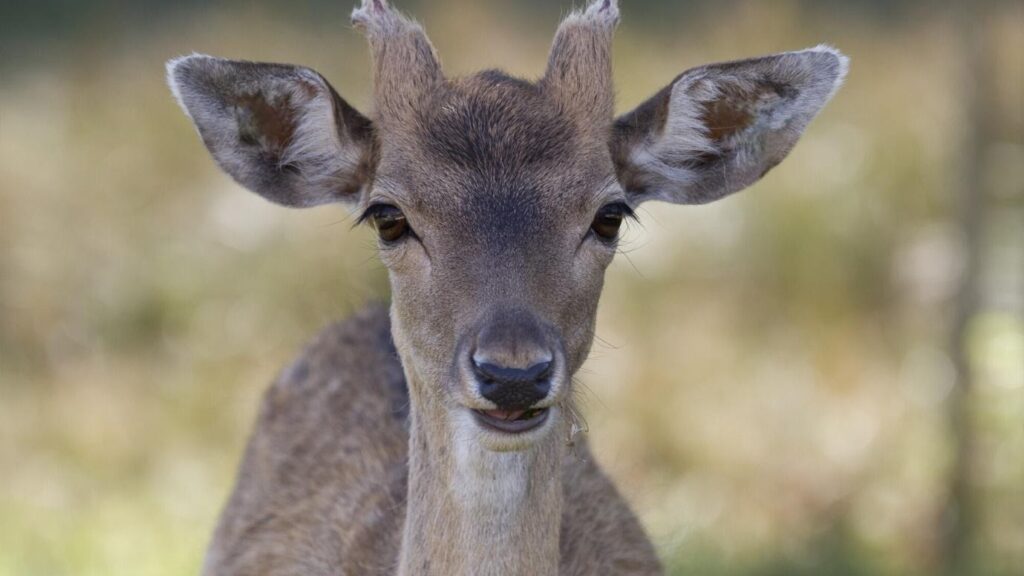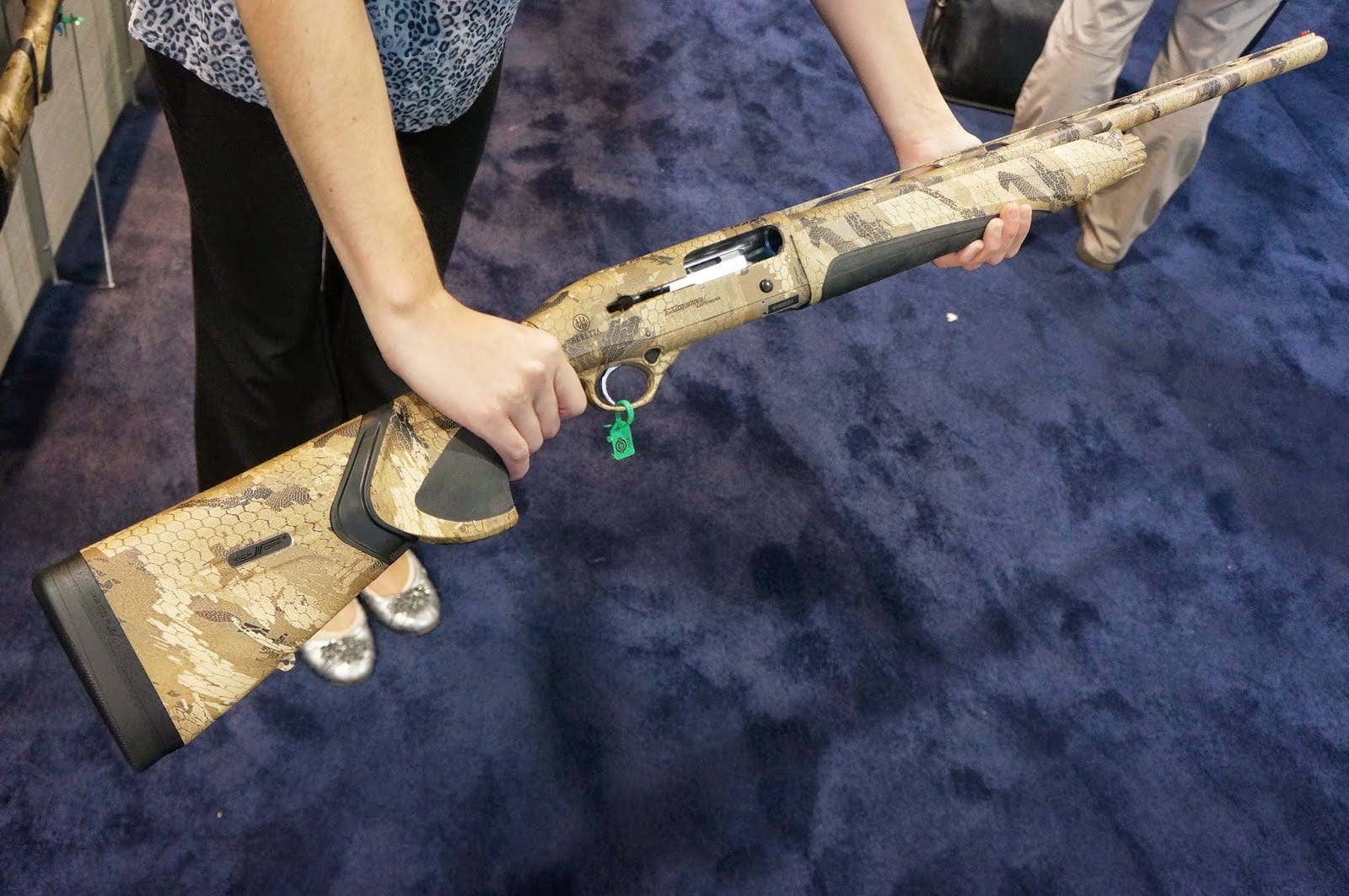
People have many reasons that they go hunting. For enjoyment, for meat, or to control animal populations rank foremost among them. Whatever their reasons, many hunters want a record of their most difficult catches or shots. As such, many look into taxidermy to preserve as much of the specimen as possible.
Deer hunters often wonder how to taxidermy a deer so that it can be preserved for eternity. Here’s what you need to know about this fascinating field.
Setting Your Taxidermy Up for Success
Whether you attempt to taxidermy the deer yourself or contact a taxidermist, you need to prepare your deer for the process. Make sure that you drag your deer by its antlers or front legs if you have to drag it across any lengthy distances. If you try to drag the deer by its back legs, you could damage the cape, AKA the part of the deer that you want to display.
And whatever you do, don’t go for the throat. A massive gash right across the cape of the deer would prove impossible for even a skilled taxidermy school graduate to fix.
Cutting, Scraping, Pickling, and Cleaning the Cape
Once you’ve taken care to keep the hide of the deer intact, it’s time to start cutting, scraping, pickling, and cleaning. When you cut the hide, you need to cut from under the skin to avoid too much damage to the cape. Once you’ve finished making your cuts, you need to conduct a thorough scraping of the entire hide, including de-fleshing the lips and removing the cartilage from the ears.
If you fail to remove all traces of flesh from the cape before you start the pickling and other processes, you’ll only end up with a rotting mess and a bad taxidermy job. Pickling requires a special blend of chemicals to avoid drying out the hide too much, as does cleaning.
Should You Hire a Taxidermist or Do Your Own Work?
If you feel confident in your cutting, scraping, pickling, and cleaning skills, then you can at least handle the initial treatment of the cape on your own. However, creating lasting, realistic-looking taxidermy requires proper forms and sculpting skills that take years to hone.
If you don’t think that you can handle the chemical preparation process, or possess the creative skills necessary to mold the deer correctly, you might be better served to reach out to an expert taxidermist here. Otherwise, feel free to conduct your own taxidermy.
Want to Learn More About Taxidermy?
Taxidermy is a fascinating field that serves incredible uses for not only hunters but medical researchers as well. What we covered here only scratches the surface of what taxidermy can do. If you’d like to learn more about this field, then why not check out our blog? We update each day with more educational and informative articles like this one.








